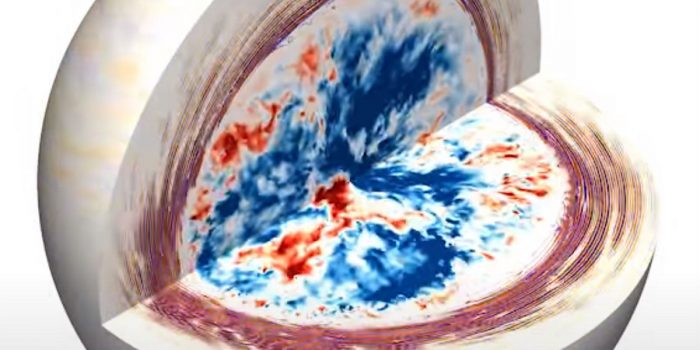Stars have fascinated humanity for millennia, sparking wonder and curiosity about the universe’s vast mysteries. They are celestial behemoths, incredibly massive and distant, yet their light travels across space, illuminating our nights and guiding ancient explorers. However, what lies within these cosmic giants has remained largely hidden from our direct observation. Enter computer simulations, powerful tools that allow scientists to peer into the very heart of stars and understand the mesmerizing dance that sustains their brilliance.
The equilibrium that stars achieve is truly remarkable, where gravity’s relentless pull is perfectly balanced by the extreme pressure emanating from the star’s core. Within this delicate balance, heat and energy flow in a complex and dynamic choreography, giving rise to the twinkling and glowing spectacle that captivates us. To unravel this intricate ballet, a team of scientists from Nature Astronomy has embarked on a groundbreaking study using detailed computer simulations.
The simulations delve into the cataclysmic flow of heat and energy inside these colossal cosmic bodies. By understanding how these factors impact a star’s flickering or twinkling, astronomers can gain insights into the stars’ evolution and eventual collapse at the end of their life cycle. Moreover, this research offers potential clues to the formation of galaxies and even the origins of our universe.
The key to unlocking these cosmic secrets lies in the convective zone within all stars. It is here that heat and energy flow from the core to the star’s perimeter, creating what are known as gravity waves. Just like waves in the ocean, these waves ripple throughout the star and manifest as the twinkling or flickering we observe from afar.
To comprehend this phenomenon better, the team utilized computer simulations that model the convection flow of heat and energy within massive stars. By combining this data with previously collected information, they could accurately predict a star’s “stellar photometric variability” or flickering quality.
According to University of Sydney astronomer May Gade Pedersen, one of the coauthors of the study, astronomy offers a unique opportunity to explore the universe merely by studying the light of stars. The flickering patterns observed through simulations help astronomers probe the stars’ core regions, where the elements essential for our existence are forged.

Evan Anders, an astronomer at Northwestern University and another coauthor, emphasizes that the waves within a star play a crucial role in causing it to twinkle. The simulations allow scientists to quantify the extent of a star’s twinkling due to these waves, enabling future space telescopes to explore the stars’ central regions in greater detail.
In essence, these computer simulations provide us with a backstage pass to the stellar ballet, revealing the hidden forces that shape the destiny of stars and, ultimately, the universe. As technology and our understanding of astrophysics advance, we can expect these simulations to bring us even closer to the awe-inspiring celestial wonders that surround us. The cosmic dance of the stars continues, and with every new insight, we inch closer to unraveling the grand narrative of our existence in the cosmos.


